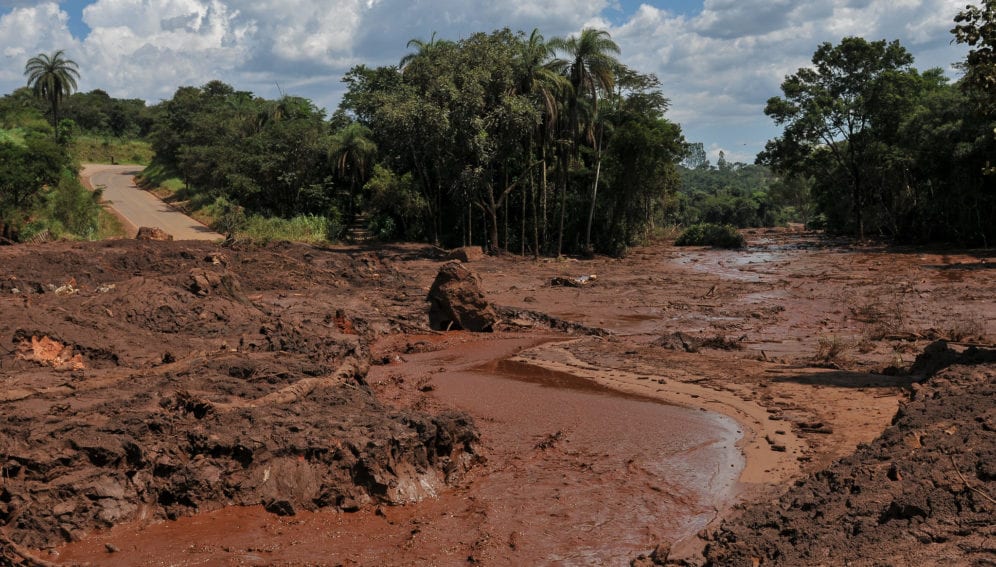20/02/20
Dam disaster risk means independent reviews a must: researchers

Send to a friend
The details you provide on this page will not be used to send unsolicited email, and will not be sold to a 3rd party. See privacy policy.
“Every environmental study after a high impact event is important to generate data for decision-makers with impartial and quality information.”
Alex Bastos – Espírito Santo Federal University, Brazil

To Vivian de Mello Cionek, a biologist at the State University of Santa Catarina, independent studies provide scientific bases to better assess the environmental impacts of dam failures and the lack of safety culture in risky operations.
“The role of the public universities at a time of serious environmental disaster is to support public authorities and the population in order to be a source of information that can be consulted and considered impartial,” he says.
An unusable river and an ongoing catastrophe
A week after the Brumadinho disaster, a research team from the State University of Northern Rio de Janeiro carried out biogeochemical, microbiological and ecotoxicological analyses across 464km of Paraopeba River.
Bastos says the extent of the impacts of the dam collapse may still be unknown.



Researchers also observed a high mortality level of zebrafish embryo across the study area.
The risk of future dam disasters remains high. A 2018 Annual Dam Report warned that 45 Brazilian dams are at high risk of failure, including five mining tailings dams.













